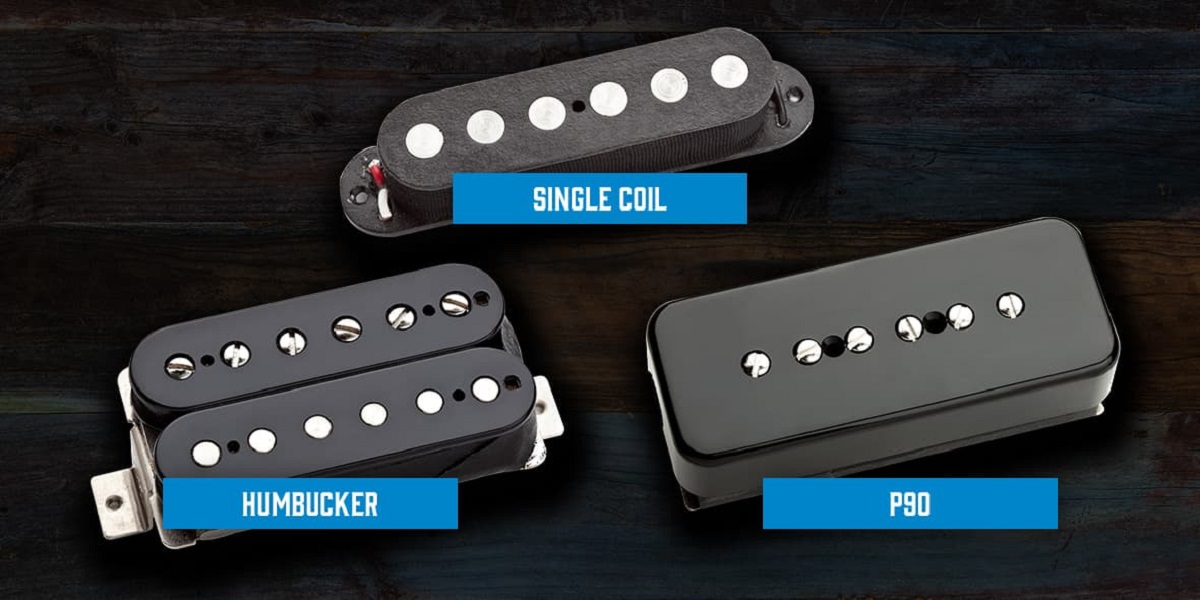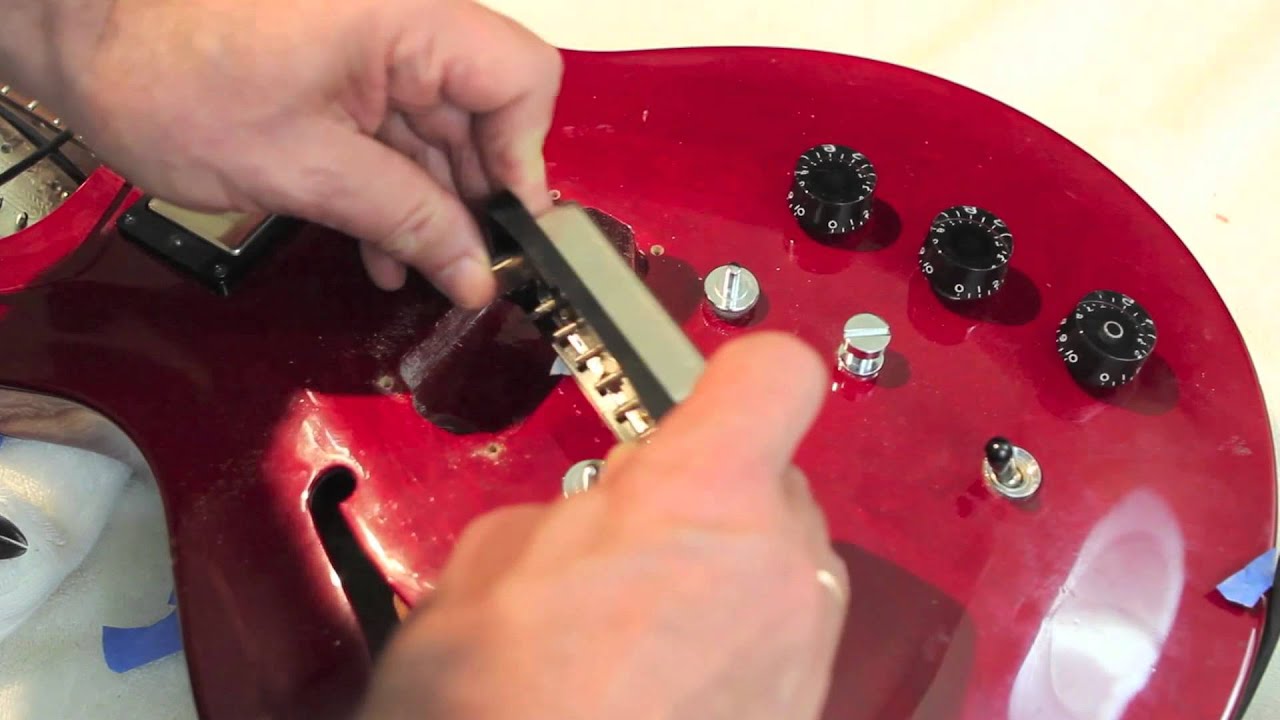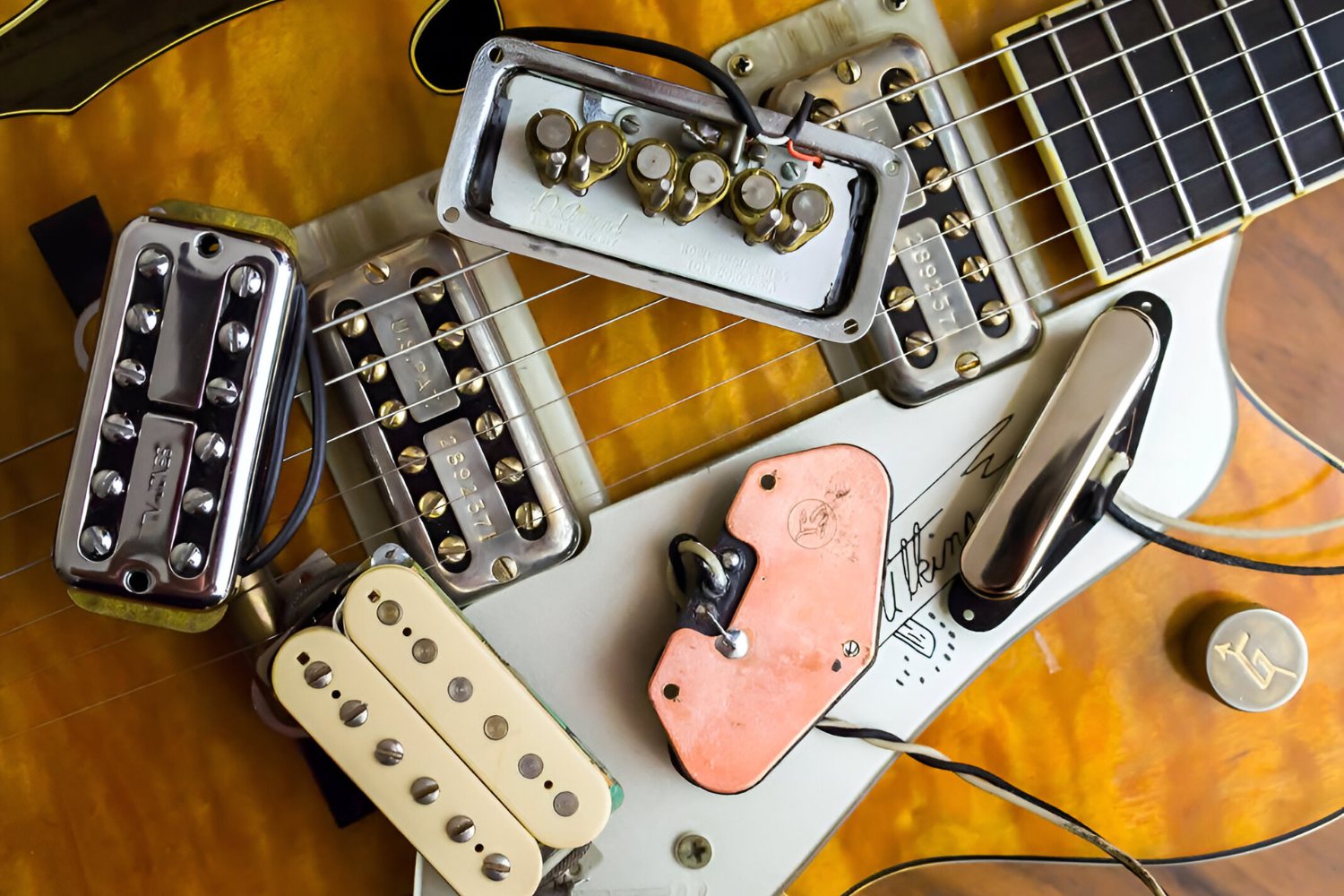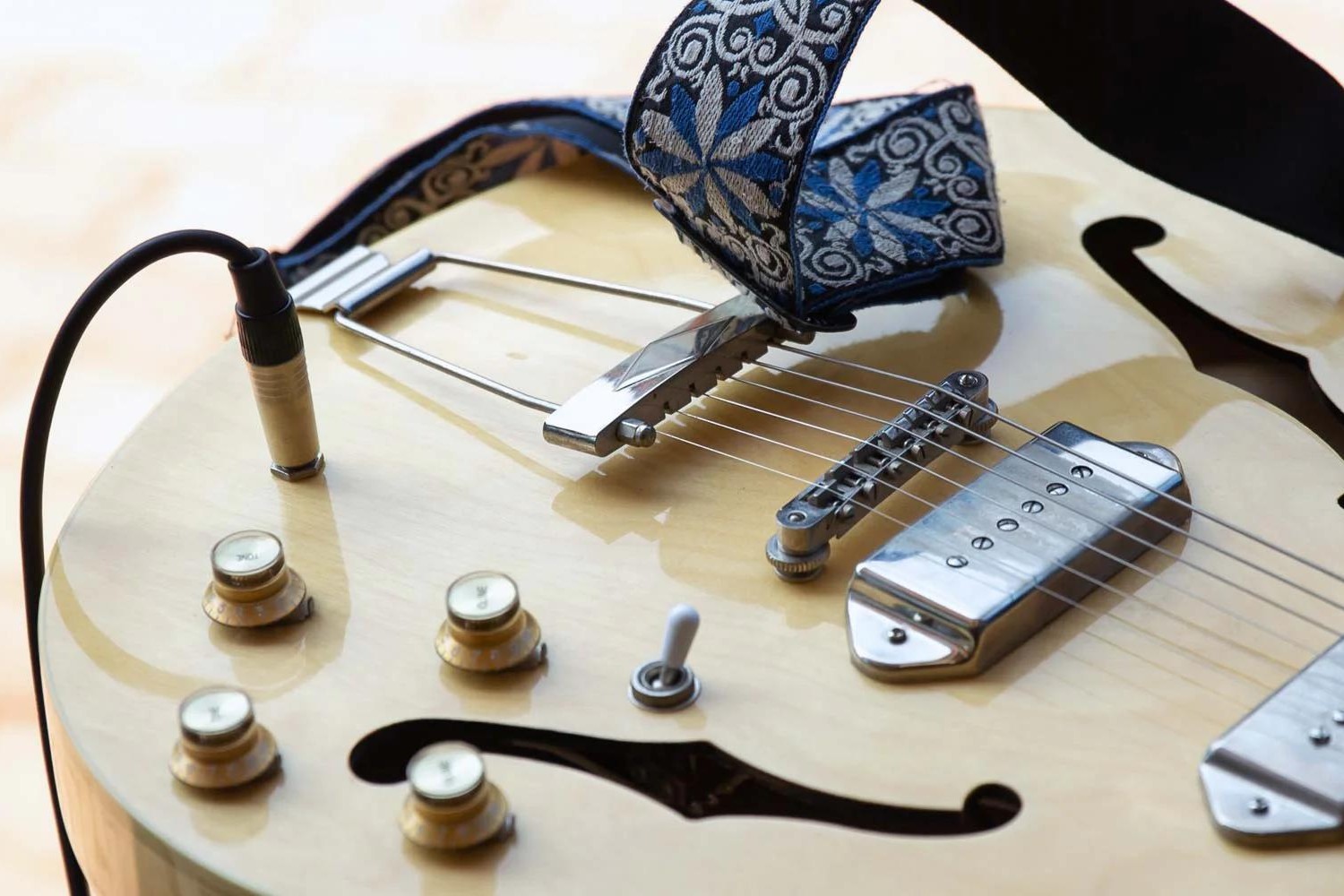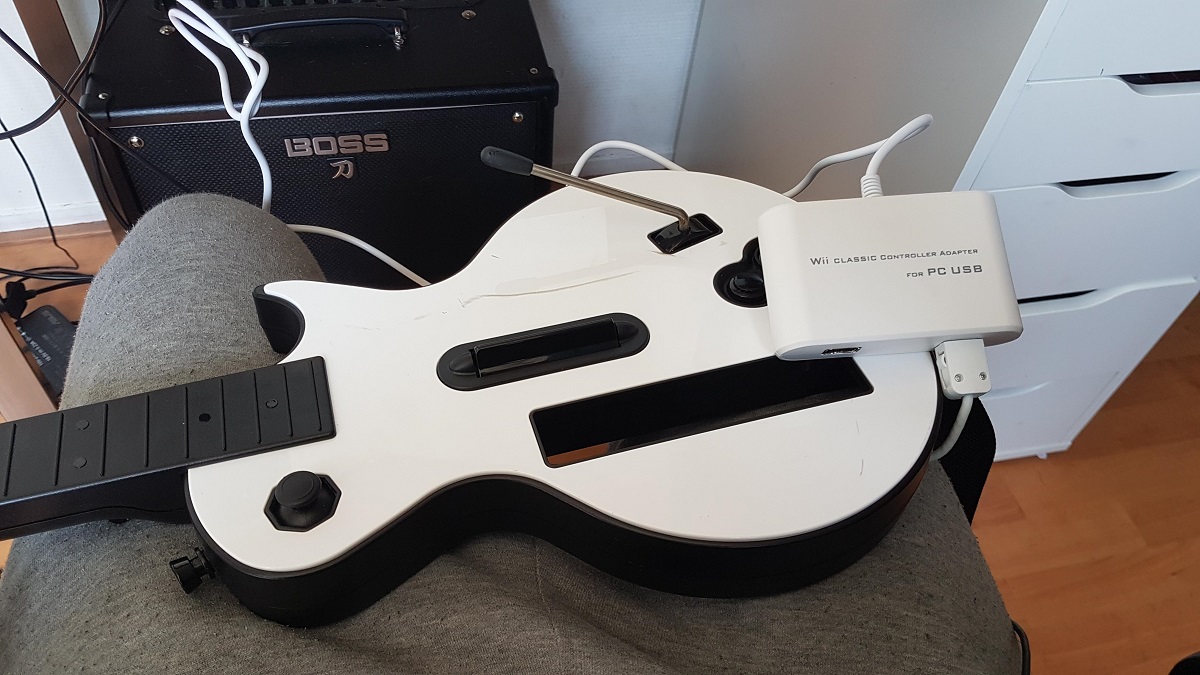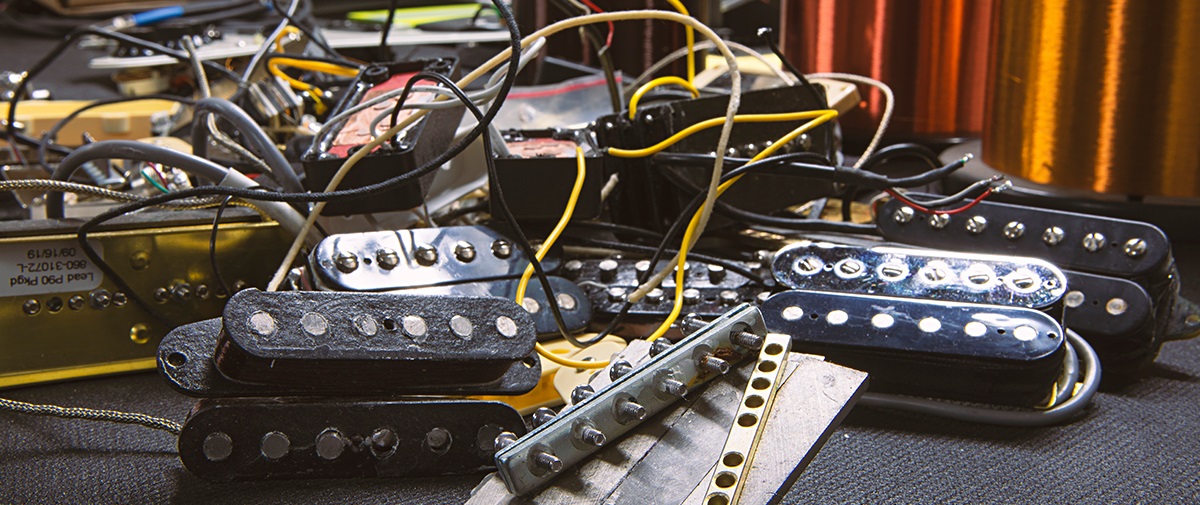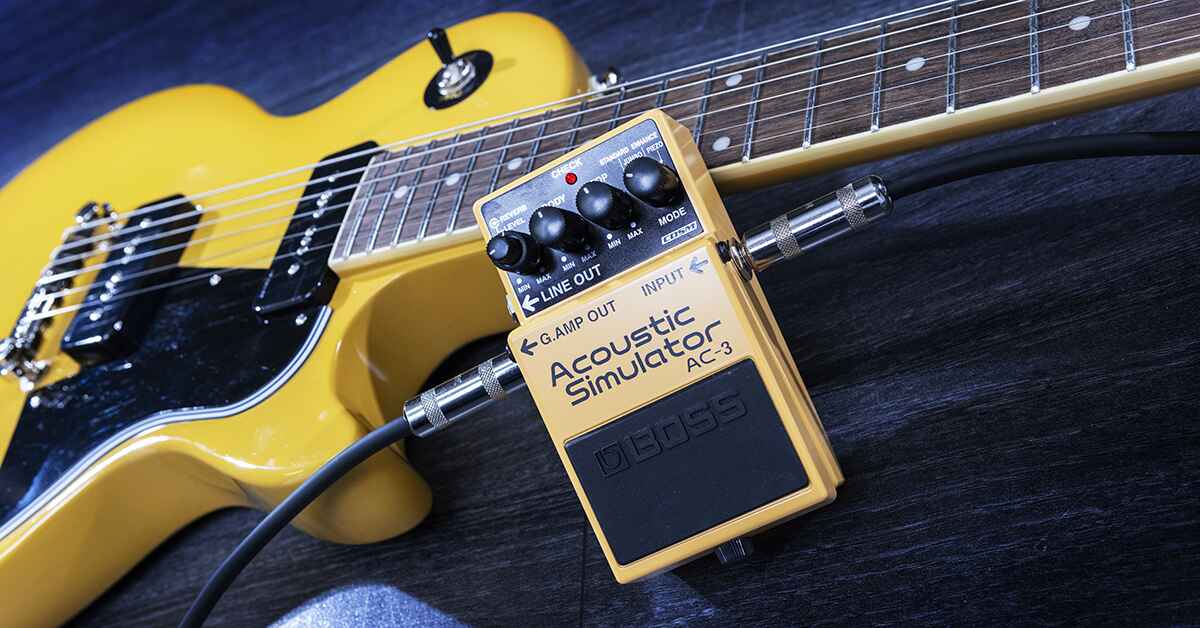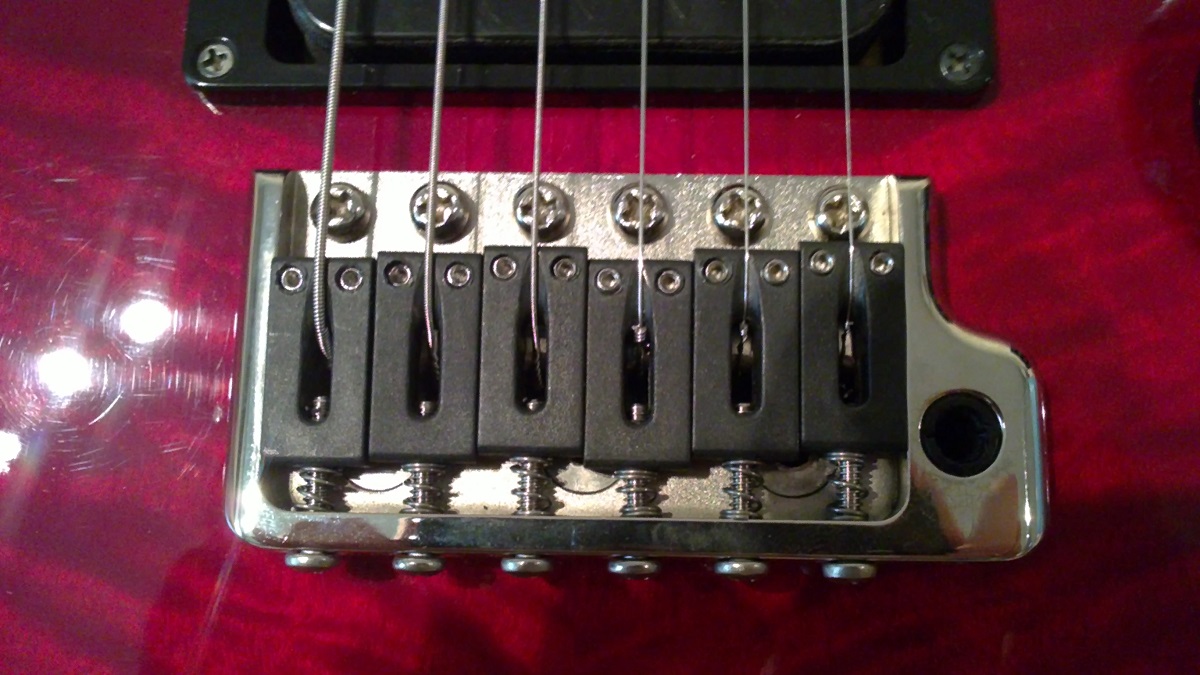Introduction
Electric guitars are iconic instruments that have shaped the sound of modern music. Their distinct, versatile tones are made possible by various components, including the pickups. These small, yet crucial, devices are responsible for capturing the vibrations of the guitar strings and converting them into electrical signals. Understanding the function and different types of pickups is essential for any guitarist looking to refine their sound and expand their sonic capabilities.
The world of pickups is diverse and fascinating, with each type offering its own unique tonal characteristics. From the bright twang of single-coil pickups to the warm, thick tones of humbuckers, the options are plentiful and can significantly impact a guitarist's playing experience. Additionally, advancements in technology have led to the development of active pickups, which provide enhanced signal strength and tonal shaping capabilities.
In this article, we will delve into the intricacies of electric guitar pickups, exploring their fundamental purpose and the distinct qualities of various pickup types. By gaining insight into the inner workings of these essential components, guitarists can make informed decisions when selecting and customizing their instruments, ultimately shaping their signature sound.
What Are Pickups?
At the core of an electric guitar’s sonic production are pickups, which serve as the primary means of capturing the vibrations of the strings and translating them into electrical signals. These devices consist of magnets and wire coils that work in unison to detect string movement and convert it into an electrical current. This process is essential for amplifying and shaping the guitar’s sound, as the electrical signals produced by the pickups are then sent to an amplifier, where they are converted back into sound waves.
Essentially, pickups function as transducers, converting mechanical energy (string vibrations) into electrical energy. This transformation allows for the manipulation and amplification of the guitar’s sound, ultimately defining its tonal characteristics. The placement of pickups also plays a crucial role in shaping the instrument’s sonic profile, as different positions yield varying tonal qualities.
Moreover, pickups are integral to the overall playability and responsiveness of an electric guitar. They directly influence factors such as sustain, attack, and harmonic content, adding depth and nuance to the instrument’s sound. As such, understanding the intricacies of pickups is essential for guitarists seeking to refine their playing experience and achieve their desired tonal palette.
Types of Pickups
Electric guitar pickups come in various forms, each offering distinct tonal characteristics and sonic capabilities. Understanding the differences between these pickup types is crucial for guitarists looking to tailor their instrument’s sound to their preferences. The primary categories of pickups include single-coil, humbucker, P-90, and active pickups, each with its own unique sonic qualities and applications.
Single-coil pickups are known for their bright, clear tones and crisp articulation. They are characterized by a single coil of wire wrapped around a magnet, and their sound is often associated with genres such as blues, surf, and classic rock. However, single-coil pickups are susceptible to interference from electrical sources, producing a characteristic hum, which led to the development of humbucker pickups.
Humbucker pickups, as the name suggests, “buck” the hum produced by single-coil pickups. They achieve this by using two coils of wire, effectively canceling out the hum while delivering a thicker, warmer sound with enhanced sustain. Humbuckers are favored in genres such as hard rock, heavy metal, and jazz, where a powerful, noise-resistant pickup is essential.
P-90 pickups offer a middle ground between single-coil and humbucker tones. They feature a wider coil and larger magnets, resulting in a warmer, more midrange-focused sound compared to traditional single-coil pickups. P-90s are revered for their versatility and are commonly found in blues, rock, and indie music.
Active pickups, in contrast to passive pickups, incorporate powered circuitry to boost and shape the electrical signals generated by the strings. This design results in a higher output level and allows for greater tonal control and shaping. Active pickups are popular in genres such as metal and hard rock, where a high-gain, defined sound is desired.
By understanding the sonic characteristics of each pickup type, guitarists can make informed decisions when selecting or customizing their instruments, ultimately shaping their signature sound to suit their musical preferences and playing style.
Single-coil Pickups
Single-coil pickups are renowned for their bright, clear tones and distinctive twang, making them a staple in genres such as blues, rock, and country. Their design, featuring a single coil of wire wrapped around a magnet, results in a crisp, articulate sound with a pronounced high-end response. This sonic profile lends itself well to genres that require a cutting, percussive edge, as well as clean, jangly chord work.
One of the defining characteristics of single-coil pickups is their susceptibility to interference from electrical sources, which manifests as a noticeable hum. This inherent noise, often referred to as “single-coil hum,” is a trade-off for the bright, lively tonal qualities of these pickups. However, this unique characteristic has also become a defining element of the single-coil sound, adding a touch of authenticity and nostalgia to the music produced with these pickups.
Single-coil pickups are commonly associated with iconic guitar models such as the Fender Stratocaster and Telecaster, both of which have played pivotal roles in shaping the sonic landscape of popular music. The bright, cutting tones of these pickups have left an indelible mark on countless recordings, from timeless rock anthems to soulful blues ballads.
Additionally, single-coil pickups are revered for their ability to capture intricate playing nuances and dynamics, making them ideal for expressive, nuanced playing styles. Their clarity and responsiveness allow for the articulation of subtle picking techniques and the conveyance of the player’s touch and phrasing, adding depth and personality to the music.
While single-coil pickups are beloved for their distinctive sound, their susceptibility to interference and noise has led to the development of alternative pickup designs, such as humbuckers and noiseless single-coil pickups. These innovations aim to retain the essence of the single-coil sound while mitigating the inherent noise, offering guitarists a broader sonic palette to explore while preserving the classic characteristics that define single-coil pickups.
Humbucker Pickups
Humbucker pickups, characterized by their robust, full-bodied sound and noise-cancelling properties, have significantly impacted the sonic landscape of electric guitar music. Unlike single-coil pickups, humbuckers feature two coils of wire, positioned in opposite polarity to each other, effectively “bucking” the hum that is inherent in single-coil designs. This hum-cancelling feature results in a quieter, more noise-resistant pickup, making humbuckers particularly well-suited for high-gain applications and environments with electromagnetic interference.
One of the most distinctive sonic attributes of humbucker pickups is their thick, warm tone with enhanced sustain. This tonal profile has made humbuckers a go-to choice for genres such as hard rock, heavy metal, and jazz, where a powerful, smooth, and articulate sound is essential. The increased output and midrange emphasis of humbuckers contribute to their ability to drive amplifiers into rich overdriven tones, making them a staple in the arsenal of many legendary guitarists.
Furthermore, the design of humbucker pickups results in a reduction of the high-end frequencies and a more pronounced low-end response compared to single-coil pickups. This sonic characteristic contributes to the lush, creamy tones associated with humbuckers, adding depth and warmth to lead lines and chordal passages alike.
Notably, humbucker pickups are often found on iconic electric guitar models such as the Gibson Les Paul and SG, as well as numerous other instruments across various brands. The distinct tonal qualities of humbuckers have left an indelible mark on the world of music, shaping the sound of countless recordings and performances across genres and generations.
While humbuckers are celebrated for their noise-cancelling properties and powerful sound, they are also versatile enough to deliver nuanced, expressive tones when paired with the right amplifier and playing technique. The ability of humbuckers to cover a wide sonic spectrum, from searing lead tones to soulful, velvety cleans, makes them a favored choice for players seeking sonic flexibility and dynamic responsiveness in their instruments.
P-90 Pickups
P-90 pickups, revered for their unique tonal characteristics and versatile sonic capabilities, occupy a distinct space in the realm of electric guitar pickups. Positioned between the bright, twangy sound of single-coils and the thick, powerful tones of humbuckers, P-90 pickups offer a compelling middle ground, making them a popular choice for a wide range of musical styles.
One of the defining features of P-90 pickups is their wider coil and larger magnets, which contribute to their warm, midrange-focused sound with a balanced representation of high and low frequencies. This sonic profile yields a rich, harmonically complex tone that excels in conveying expressive lead lines, vibrant chordal passages, and nuanced dynamics. P-90 pickups are known for their ability to deliver articulate, punchy midrange tones with a touch of vintage grit, making them well-suited for genres such as blues, rock, and indie music.
Furthermore, P-90 pickups exhibit a unique responsiveness to playing dynamics, allowing players to coax a wide array of tones simply by adjusting their picking attack and technique. From crisp, snarling overdriven tones to smooth, velvety cleans, P-90 pickups offer a broad sonic palette that encourages expressive playing and musical exploration.
Notably, P-90 pickups have found favor among guitarists seeking to infuse their playing with a touch of vintage character and sonic authenticity. Their distinct tonal qualities have been featured on numerous classic recordings, adding a timeless allure to the music produced with these pickups.
While P-90 pickups are often associated with traditional, retro-leaning guitar designs, they have also found their way into modern, high-performance instruments, showcasing their enduring appeal and adaptability. The sonic versatility and expressive nature of P-90 pickups make them a compelling choice for players who value dynamic tonal capabilities and a touch of vintage charm in their sound.
Active Pickups
Active pickups represent a modern innovation in the realm of electric guitar pickups, offering enhanced signal strength, tonal shaping capabilities, and low noise operation. Unlike passive pickups, active pickups incorporate powered circuitry, typically in the form of a preamp powered by a battery, to boost and shape the electrical signals generated by the guitar strings. This design results in a higher output level and greater control over the tonal characteristics of the instrument.
One of the primary advantages of active pickups is their high output level, which provides a significant boost in signal strength compared to traditional passive pickups. This increased signal strength allows for a more pronounced, defined sound with ample headroom, making active pickups well-suited for genres and playing styles that demand a powerful, articulate sonic presence, such as hard rock and metal.
Furthermore, the powered circuitry in active pickups enables sophisticated tonal shaping capabilities, allowing players to sculpt their sound with precision. Many active pickup systems feature onboard EQ controls, such as bass, midrange, and treble adjustments, empowering guitarists to tailor their tone to suit specific musical contexts and performance requirements. This level of tonal control and flexibility is particularly valuable in studio recording and live performance settings, where the ability to fine-tune the instrument’s sound on the fly is essential.
Another notable feature of active pickups is their low noise operation, attributed to the internal circuitry’s ability to minimize interference and extraneous electrical hum. This noise-resistant characteristic makes active pickups ideal for high-gain applications and environments with significant electromagnetic interference, ensuring a clean, pristine signal that is free from unwanted noise artifacts.
While active pickups have gained popularity in genres that demand high-gain, aggressive tones, they also offer versatility and adaptability across a wide range of musical styles. The clarity, precision, and dynamic responsiveness of active pickups make them well-suited for intricate playing techniques and expressive musical phrasing, allowing players to articulate their musical ideas with clarity and definition.
Ultimately, active pickups provide a modern, forward-thinking approach to electric guitar tone, offering players a powerful tool for shaping their sound and expressing their musical vision with clarity, precision, and authority.
Conclusion
Electric guitar pickups are integral components that play a pivotal role in shaping the instrument’s sonic identity. From the bright, twangy sound of single-coil pickups to the powerful, noise-resistant tones of humbuckers and the versatile sonic capabilities of P-90 and active pickups, the world of electric guitar pickups offers a diverse array of tonal options for players to explore and utilize in their musical endeavors.
Understanding the unique characteristics and applications of each pickup type empowers guitarists to tailor their instruments to suit their playing style, genre preferences, and sonic aspirations. Whether seeking the expressive articulation of single-coil pickups, the robust power of humbuckers, the vintage charm of P-90 pickups, or the modern precision of active pickups, players have a wealth of sonic possibilities at their fingertips.
Furthermore, the evolution of pickup technology continues to drive innovation and creativity in the realm of electric guitar tone. From advancements in noise-cancelling designs to the integration of active circuitry for enhanced tonal control, the ongoing development of pickups reflects a commitment to providing players with tools that inspire and elevate their musical expression.
Ultimately, the sonic landscape of electric guitar music is deeply intertwined with the distinct qualities and characteristics of various pickup types. As players continue to push the boundaries of creativity and sonic exploration, the role of pickups in shaping the sound of the electric guitar remains as vital and influential as ever, ensuring that the instrument’s legacy as a versatile, expressive musical force endures for generations to come.







